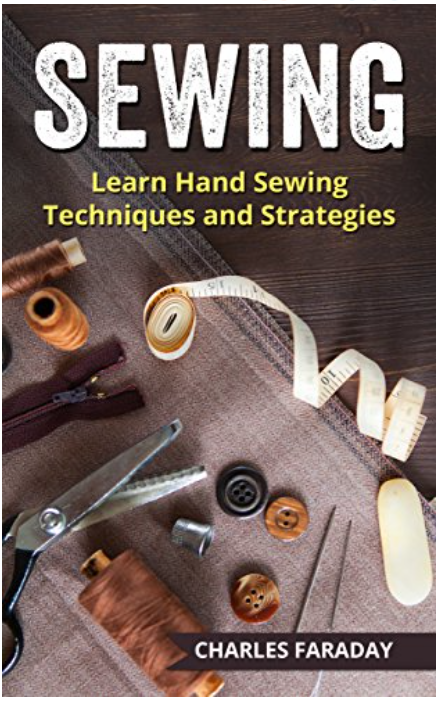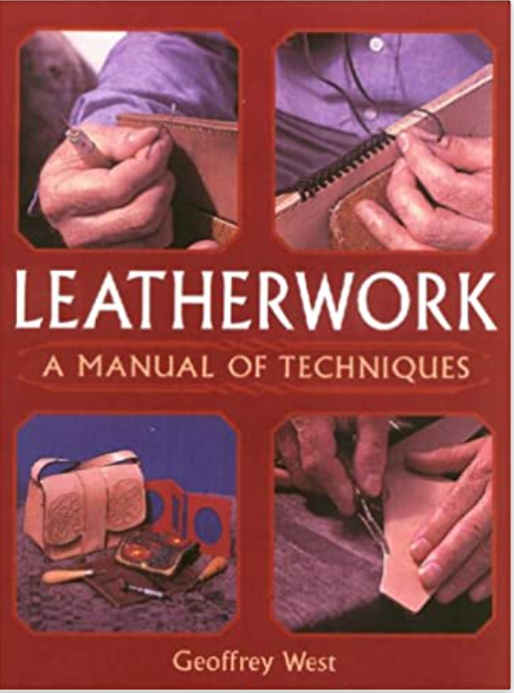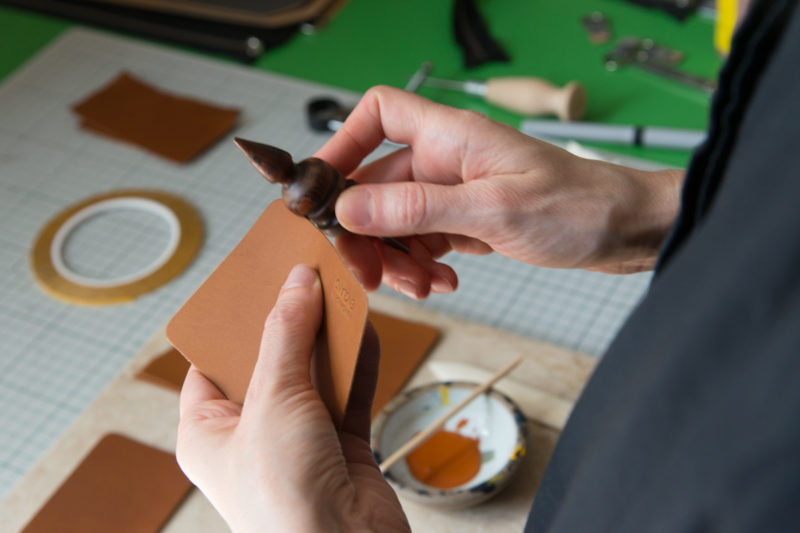Have you ever found yourself in a situation where you wanted to DIY a product because you could not find it in retail? And even if you did find it, the design was just a mass-production that lacked individuality? Have you ever considered taking up leathercrafting and creating your leather products?
Let us assure you, leather stitching is not as complex as it sounds. Leathercrafting is a skill that needs proper guidance and requires you to indulge in a lot of hands-on projects. Despite the abundance of available online resources, there’s a lack of resources that provide insights into the fundamentals of stitching. The most exhaustive help comes in the form of books as they walk you through the various nuances that are part and parcel of leather stitching.
Thus, if you’re looking to pick up the skill of stitching leather, then these books will enable you to do so with ease. This article has put together some of the best leatherworking books that will help you build on your stitching technique. All of these books provide precise instructions as to how you can improve your stitching skills via a diverse range of DIYs and projects.
So without further ado, let’s get to it.
Book 1: Art of Hand Sewing Leather by Al Stohlman

This leather stitching manual by Al Stohlman comprises the very fundamentals of stitching techniques, tools and the various nuances of stitching together a leathercraft project. It consists of illustrations that guide you through multiple stitching techniques and also provides you with various DIY activities that you can indulge in to further hone your skills further.
Therefore, this leathercrafting book is a wholesome resource if you’re looking to venture into leathercrafting and want to strengthen your stitching fundamentals.
Book 2: Sewing: Learn Hand Sewing Techniques And Strategies by Charles Faraday

This book is the perfect resource for you if you’re looking to get into stitching and don’t have any prior experience of the same. ‘Sewing: Learn Hand Sewing Techniques And Strategies’ by Charles Faraday goes through the fundamentals of how to stitch for beginners. The guide comprises pictures and illustrations that simplify the theories of hand stitching and will teach you all the techniques required to master the stitching.
The book begins with a review of the essential needles and thread used and goes on to cover the nuances of basic stitching patterns like basting, running, backstitch and so forth. Thus, with your fundamentals in stitching, you’ll be able to fix up your worn-out clothes. Additionally, you can extend this knowledge into leather stitching once you’ve mastered the fundamentals.
Book 3: Sashiko: 20 Projects Using Traditional Japanese Stitching by Jill Clay
The Sashiko stitching technique originates in Japan and translates to ‘little stabs’ in English. This Japanese stitching technique uses evenly spaced running stitches to create visually aesthetic geometric patterns. As the title of the book suggests, 20 patterns and motifs are included within the text that readers can choose from and use as templates for their own unique Sashiko designs.
The book acts as a thorough guide on tools, materials and basic techniques of Sashiko stitching. It includes DIY activities such as stitching bedding, door curtains, brooches, greeting cards, and even notebook covers. Thus, the book serves as an exhaustive manual into the world of traditional Japanese sewing and effectively demonstrates how to apply Sashiko patterns to accessorise everyday items.
Also read “CreateLabs’s Best Fashion Books Picks”
Book 4: Sewing with Leather and Suede: Tips, Techniques and Inspiration By Sandy Scrivano

This book is a relevant resource for those of you who’ve tried your hand at sewing but were too afraid to venture into the world of leather and suede stitching. It goes over the various essential sewing tools, techniques and basic stitches that form the fundamentals of stitching.
The author gives a description of the unique tools and notions that work best with leather. Basic sewing techniques and stitches are detailed and illustrated, followed by chapters on planning a garment, beginning with design and pattern adjustment and cutting, sewing, lining and embellishing.
An additional chapter on embellishment techniques with illustrations as to how to ornately decorate a leather product marks the completion of an exhaustive guide into leather stitching.
Book 5: Leatherwork: A Manual of Techniques Paperback – Illustrated, 11 Feb. 2005 by Geoffrey West

Leather is a versatile and magisterial material that makes it suitable for an array of handicrafts. This book provides insights into leatherworking techniques and the basics of leather stitching. It includes chapters on the selection of tools, various grades of leather and an introduction to techniques like cutting, bevelling, burnishing, hand-stitching, carving, stamping and thronging. Additionally, it comprises tips on avoiding common pitfalls and provides you with some exciting hands-on DIY templates to polish your stitching skills further.
The author Geoffrey West himself is a craftsman with years of experience under his belt. Thus his book is an excellent insight for leathercrafting enthusiasts looking for finesse in terms of finishing.
So…
We recommend you have a definite goal in mind while choosing a sewing book. Plus it’s vital to identify your current level of skill as a sewer and the years of experience you’ve in the niche.
You may also like “The Science behind tanned Leather: 5 books you can read now!”
There are several resources suitable for absolute beginners and teach the most basic techniques for both hand and machine sewing, while others delve into more diverse topics. Therefore, make sure to define your goals and the direction in which you want to progress.
Another critical factor to keep in mind while purchasing a stitching guide is how well you understand the directions. Despite the author’s best efforts, some books present information in non-traditional ways, such as a memoir. Thus, if you’re someone who grasps visual instructions with ease, make sure to purchase a book with illustrations as a means of explanation.


